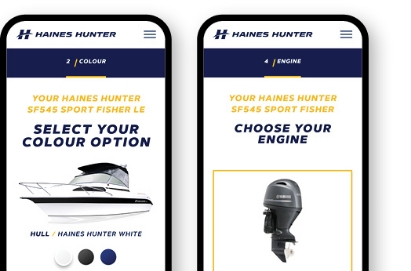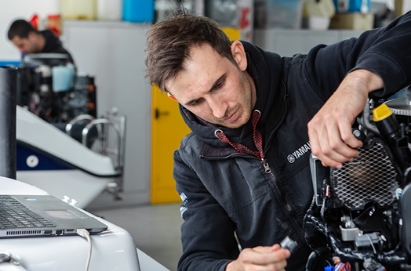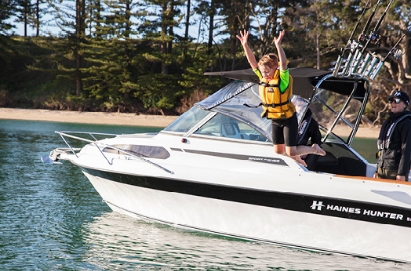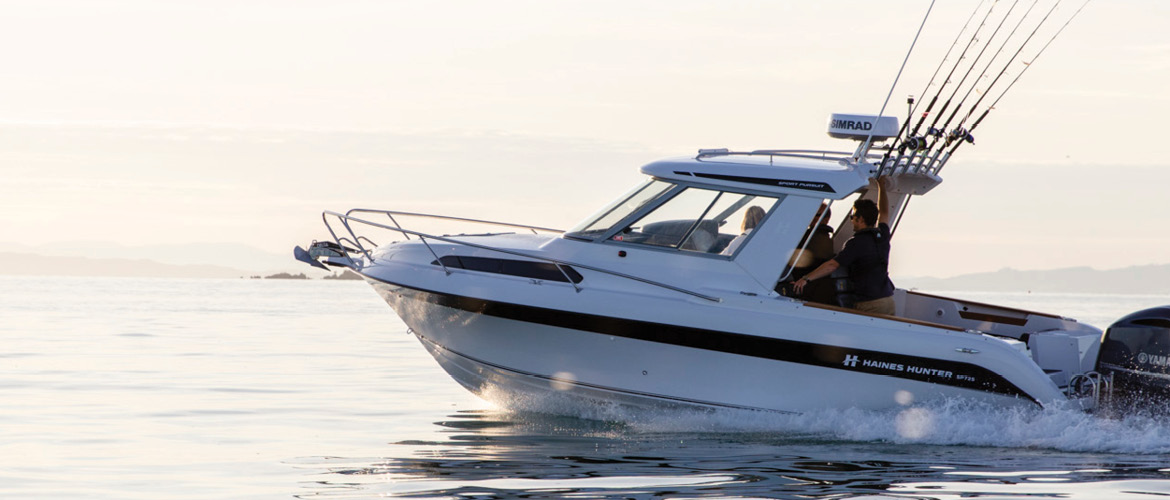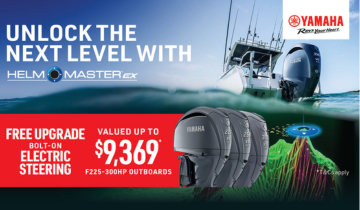Plus, tips for extending your instrument system
- Don't wait until it's urgent
- Make radar part of your routine
- Practice Learning to set up/tune your radar
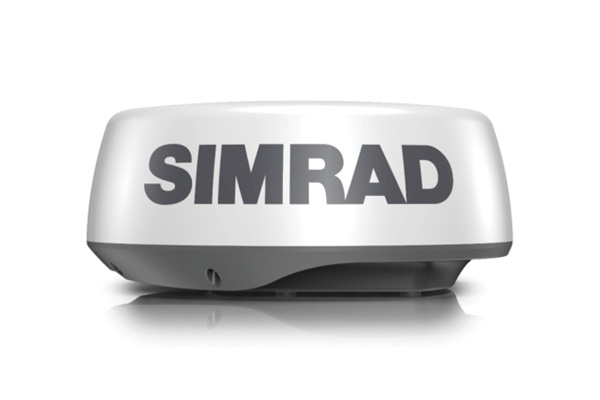
It’s getting dark and as the rain starts to sweep across the bay and the wind builds ahead of the squall, visibility is dropping. You are still several miles from home and the final push will be harder than normal. And while you are familiar with your home port, you also know that to get there takes you across more congested areas where ferries, workboats and other commercial traffic will continue to operate. Fortunately, your radar offers an invaluable tool in helping you thread your way safely back to port. Now is not the time to be learning how to use it.
“I think there are a lot of folks that have radars installed but never turn them on,” says Simrad® Product Director Laurie Bates.
“I don’t know whether that’s because their radars are old and they haven’t been used for a while and owners are worried about them, or they just don’t know how to operate them so they don’t bother trying. Perhaps they think that by turning them on they will be distracted as they try to figure out how to use them. Or maybe they just convince themselves that they don’t need the radar until it’s dark or until they’re in the middle of a fog.”
“Whatever the reason, the fact is that it’s really important to be familiar with your radar before you need it in anger. Not just so that you know how to operate it, but so that you have confidence in the information it’s giving you. When things get tricky you may have to rely largely on this device, so it’s really important that you feel comfortable with what you’re seeing.”
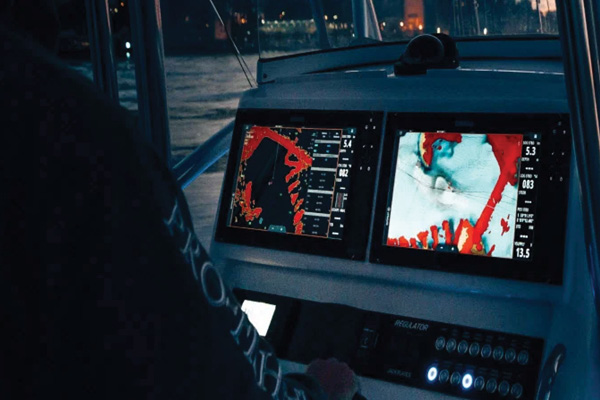
“To get used to radar and comfortable in using it, I always encourage people to turn their radar on the minute they get aboard their boat and before they leave the dock, even if the weather’s perfect. Being able to practice how to operate and see whether the radar image matches what you can see visually is how you build your confidence and start to trust your system for when the weather isn’t so benign, or when night falls.”
While it is best to get to know your radar on board your boat in its normal environment, there are still ways that you can build familiarity and confidence while you are ashore as Navico® Product Expert Craig McMillan explains.
“Firstly, for those that can’t take their boats out or have them on the driveway at home, it is worth noting that it is fine to operate the radar in these situations as the power output is low so they are safe to use,” he says. “So you don’t need to worry about radiation or emissions in your driveway or down at the marina.”
“This means that you can get used to some of the basic functions. Of course, if you’re on your driveway with targets all around you and probably at close range, the picture is going to be rather different to what you’d normally expect to see afloat, but it’s still good practice and will help you to get familiar with the controls.”
“If you’ve taken the MFD (Multi Function Display) off the boat and taken it home, then you can still practice operating the radar on the MFD in your lounge using the internal simulation that’s included. Yes, this is limited compared to what’s available when the unit is installed and afloat, but it can still be pretty useful.”
For those starting from scratch and getting used to their radars for the first time, Laurie has some tips for helping to get up to speed without getting overwhelmed by the variety of functions.
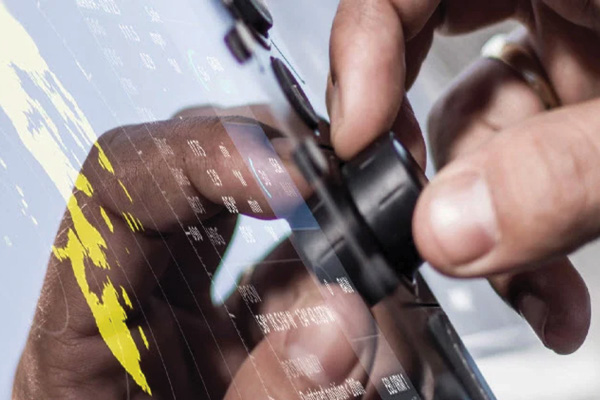
“When we design these units we try we try to make them as easy to use as possible, so there are various user modes that are included,” he says. “So when I’m setting someone up with a new radar I encourage them to pick a user mode that closely matches what they’re trying to do at the time and then set the sea state accordingly to what the conditions are.”
“Behind the scenes the user modes are pretty sophisticated and allow you to get a good picture easily and quickly. So do that before you start and play with gain, and clutter controls and get familiar with the radar based on using those use modes. Once you are then familiar and confident at operating your radar you’ll be in a good place to then move on and start refining the way you set it up in certain conditions later on.”
